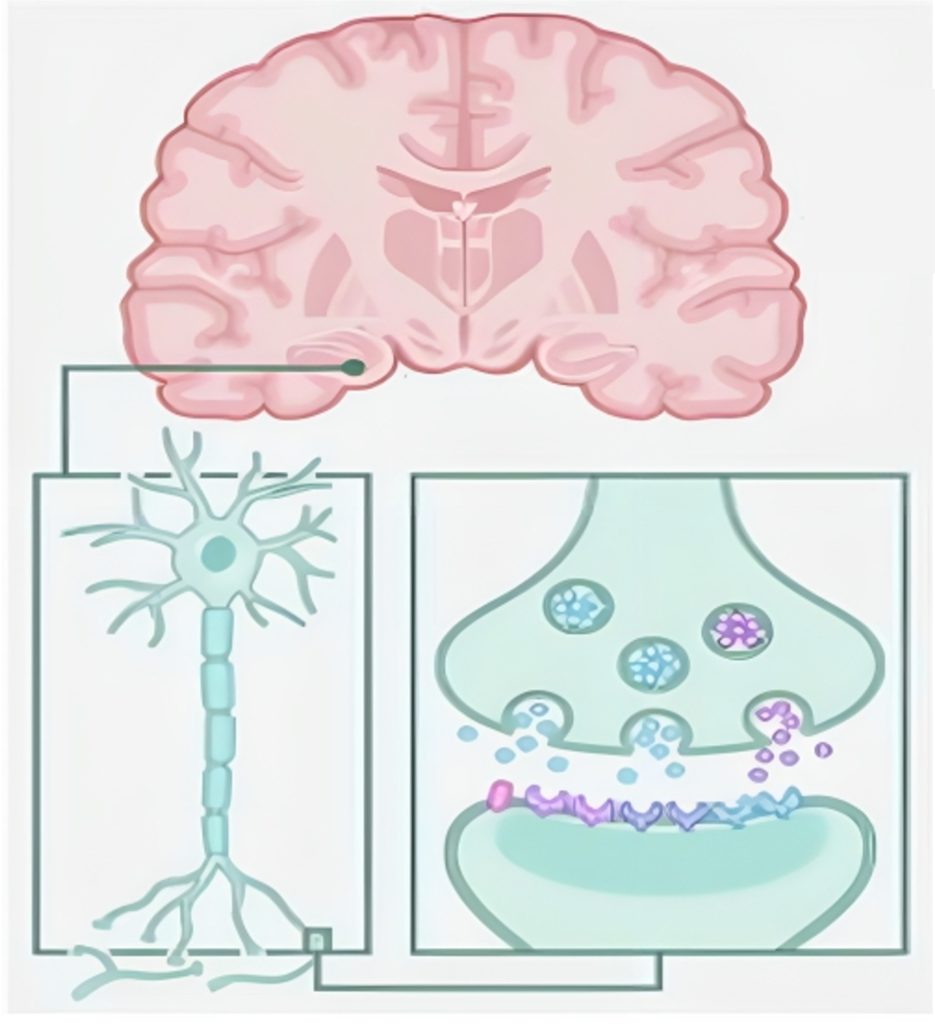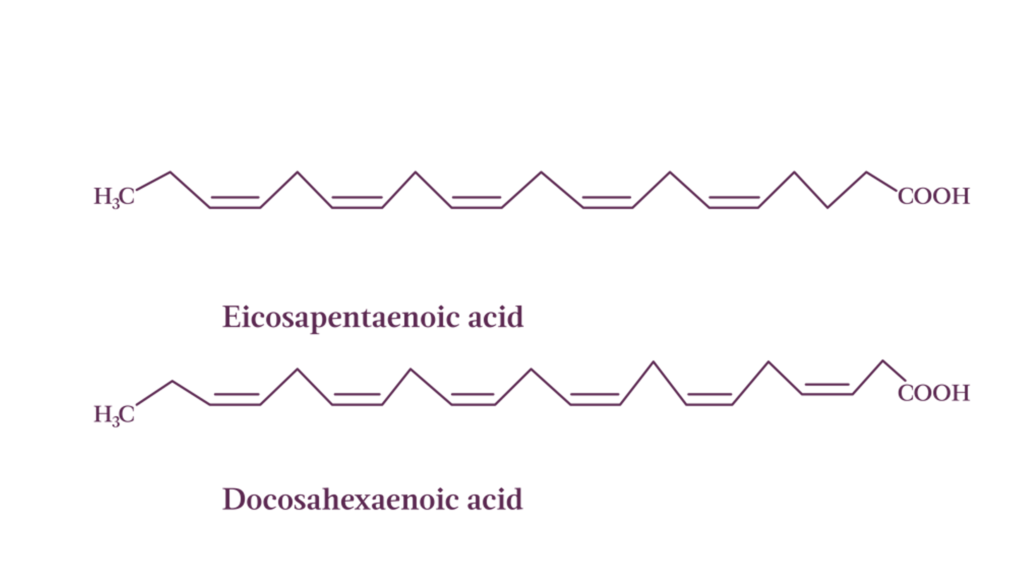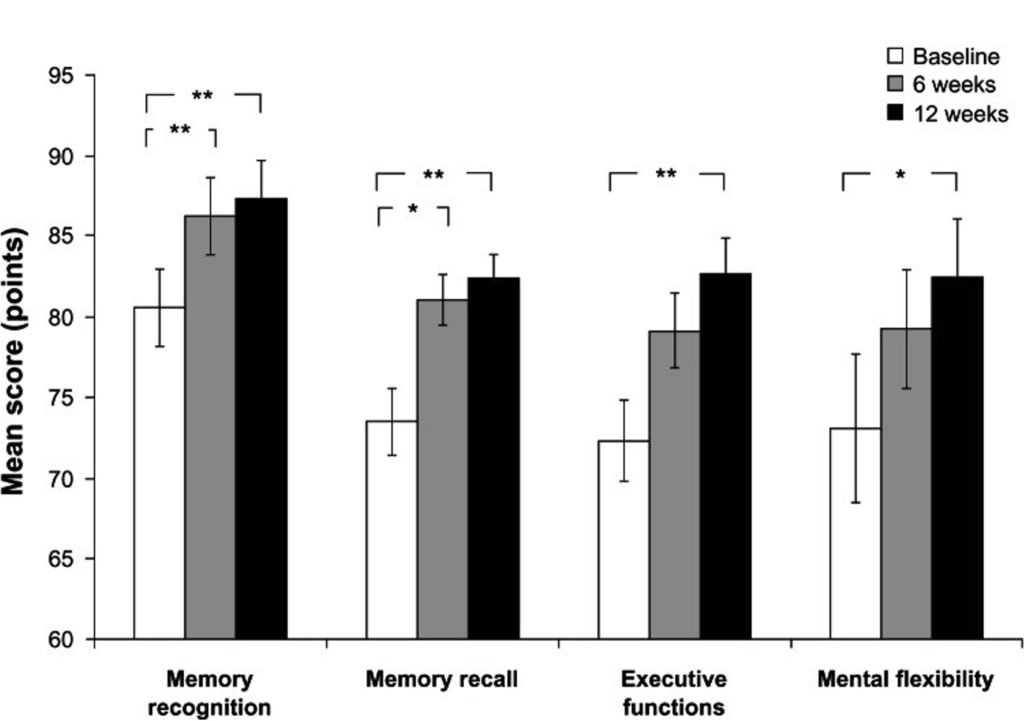Fat isn’t Always Bad: The Fat Supplements that Prevent Brain Aging
Based on human studies, fats that may prevent brain aging include DHA and EPA omega-3s, phosphatidylserine, and plasmalogen.
Highlights:
- About 2 g/day of DHA, or DHA + EPA, especially in phospholipid form may reverse or prevent cognitive impairment.
- 100 to 300 mg/day of phosphatidylserine (PS), a phospholipid, may prevent cognitive decline and dementia.
- 1 mg/day of plasmalogen, another phospholipid, may improve cognition and counteract forgetfulness.
Our brain is composed mostly of fat (nearly 60% after accounting for water). However, after the age of 50, these fats start to gradually decline. Such fat loss is thought to underlie age-related cognitive decline and Alzheimer’s disease (AD). Thus, restoring the right kind of fats to our brain may be vital in preventing brain aging.
In a new report published in Engineering, researchers from the China Agricultural University have carefully sifted through the pertinent scientific literature to find which fats are the most likely to prevent the deterioration of our brain with aging. These fats include EPA and DHA omega-3 fatty acids, phosphatidylserine (PS), and plasmalogen.
The Synapse and Fat
Our brains contain about 600 trillion (600,000,000,000,000) connections called synapses. These synapses are the relay points of communication between the 100 billion neurons of our brain, allowing us to think, learn, remember, and take action. However, our synapses degenerate with aging, leading to a gradual deterioration of these brain functions called cognitive decline.

(Xiong et al., 2023 | Engineering) The Synapse. Our neurons are connected by synapses, where electrical signals are converted to chemical signals in the form of neurotransmitters.
Intake of certain fats may prevent cognitive decline by maintaining the composition of our neurons’ membranes — the outermost layer of our neurons, which are rich in fats (lipids). Alterations in the fat composition of our neurons’ membranes can change the strength and character of synaptic connections in the brain, thereby altering communication between neurons.
Beneficial Fats
DHA and EPA
A neuron’s stability depends on the ratio of fats within its membrane. For example, saturated fats make the membrane more rigid, whereas unsaturated fats make the membrane more fluid. However, the membrane should be neither too rigid nor too fluid. In the case of aging, the membrane may become too rigid, necessitating the need for increased membrane fluidity.
Only a few types of unsaturated fats have been found to increase membrane fluidity, including DHA and EPA, which are the most abundant omega-3 polyunsaturated fatty acids (PUFAs) in the brain. Where 2.3 g/day of omega-3 PUFAs was shown to slow cognitive decline in AD patients, supplementation with 2 g/day of DHA improved the cognition of mild cognitive impairment (MCI) patients.

(Life Cell) Eicosatetraenoic acid (EPA) and Docosahexaenoic acid (DHA) Omega-3 Polyunsaturated Fatty Acids. Fatty acids are hydrocarbon chains with a carboxyl group (COOH) at one end. Double bonds represent unsaturated portions with omega-3 indicating the location of the first double bond.
In contrast, 800 mg of DHA + 225 mg of EPA per day did not improve cognition in patients with MCI or mild AD. This could be due to an insufficient dose of either DHA or EPA, but more likely DHA because it is the most enriched PUFA in synaptic membranes. Furthermore, the phospholipid form of DHA is more effective than the free fatty acid or triglyceride forms in terms of improving cognition. Therefore, 2 g/day of DHA-containing phospholipids may be the most beneficial form of omega-3 PUFA for preventing brain aging.
Phospholipids
Phospholipids makeup the majority of fats within the membranes of neurons. Indeed, the membrane of a cell, including a neuron is called the phospholipid bilayer. Phospholipids are made of two fatty acids (such as DHA or EPA), a glycerol, and a phosphate attached to varying molecules. For example, when the phosphate of a phospholipid is attached to a serine, it is called PS. When attached to an ethanolamine group it is called phosphatidylethanolamine (PE).

(Modified from: Xiong et al., 2023 | Engineering) Phospholipid Structure. A phospholipid is composed of two fatty acids attached to a glycerol, a phosphate, and a varying molecule X. For example, if X is ethanolamine, we have phosphatidylethanolamine (PE) and if X is a serine, we have phosphatidylserine (PS).
Supplementation with 100 to 300 mg/day of PS can prevent cognitive decline in older individuals experiencing memory loss and patients with dementia. However, the studies showing this used soybean-derived PS, which contains little to no DHA-containing PS. PS supplements containing higher proportions of DHA-containing PS may require a lower dosage.

A form of PE called a plasmalogen at a dose of 1 mg/day improved the cognition of older females with mild AD and the memory of individuals with forgetfulness. Plasmalogen has also been shown to improve the symptoms of Parkinson’s disease, including cognition. A higher dosage than 1 mg may be needed if plasmalogen is taken orally, or microencapsulation may be utilized to impede its breakdown by stomach acid.
“Clinical and mechanistic analyses suggest that PS and plasmalogen (plasmenyl-PE) may have better intervention effects than PUFAs in terms of cognitive impairment and brain aging by maintaining lipid homeostasis,” the authors say.
Which One Fat Supplement is Best?
Overall, it would seem that DHA-containing phospholipids are the best option for slowing or preventing brain aging. The authors conclude,
“Dietary phospholipid may be the most promising substance for alleviating brain aging, but more studies are still needed for exploring the digestion and metabolism pathway, as well as the bioavailability.”
Specifically, plasmalogen may be the best phospholipid, but more studies are needed to determine an effective dose. The authors say,
“Plasmalogen may be one of the most promising phospholipids for brain protection, and further studies are required to focus on its underlying mechanism and practical application.”
Furthermore, DHA-containing phospholipids are rich in fish like salmon, mackerel, and sardines and plasmalogens can be found in scallops. Therefore, eating seafood alone or combined with supplements may slow the brain aging process.

